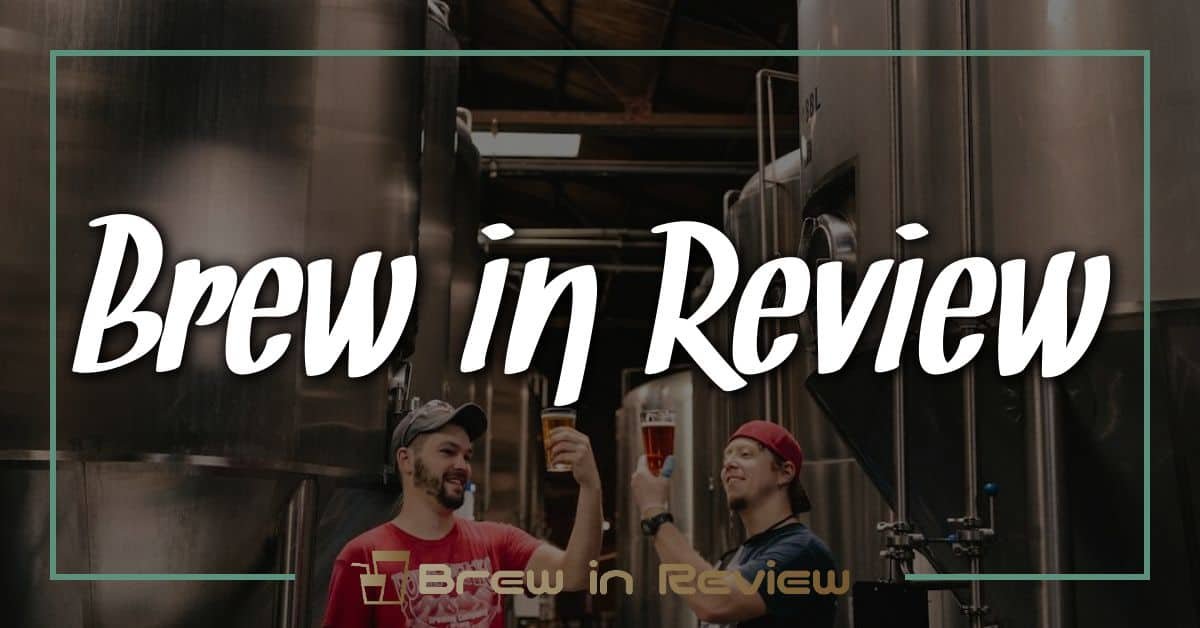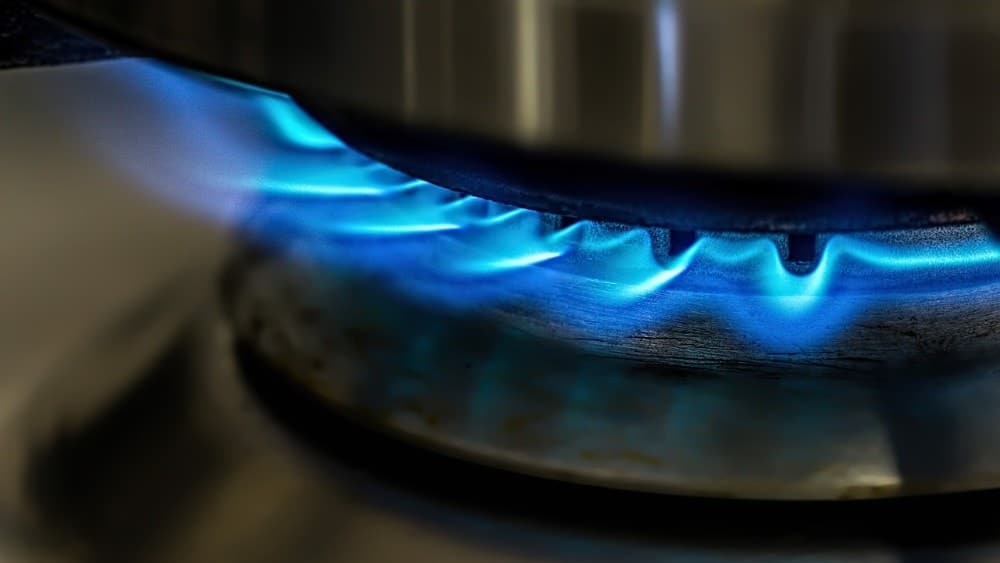Craft beer lovers, if you haven’t noticed the haze taking over your favorite breweries, you’re in for a treat. Hazy IPAs have exploded in popularity across the US, captivating drinkers with their juicy flavors and smooth textures. These brews have created a unique niche in the craft beer scene, drawing in both seasoned enthusiasts and curious newcomers alike.
Overview of Hazy IPA Trends in the US
Hazy IPAs continue to dominate the US craft beer landscape. Their rise reflects a shift in consumer preferences toward juicy, hop-forward flavors. Many breweries are embracing this trend by crafting new and innovative versions, experimenting with various hops and malt combinations.
Hazy IPAs typically feature a turbid appearance, often resulting from the use of flaked oats and wheat. The emphasis on late hopping during the brewing process enhances the aromatic qualities, producing notes of tropical fruit, citrus, and stone fruit. As I experiment with my home brewing, I’ve noticed a significant increase in demand for these characteristics among friends and my brewing peers.
Local breweries are constantly introducing limited-release Hazy IPAs that showcase unique hop varieties. Trends in the market now highlight single-hop and dual-hop varieties, allowing drinkers to explore the nuanced flavors each hop brings. As the craft beer community grows, even home brewers are jumping on the bandwagon, sharing recipes and tips for creating hazy masterpieces.

Seasonal trends are also emerging, with many breweries crafting Hazy IPAs for summer and warm-weather enjoyment. Breweries are leveraging the refreshing qualities of these beers to appeal to a broader audience. Events focused on craft beer, like festivals and tastings, consistently highlight Hazy IPAs, further solidifying their popularity.
Amidst evolving tastes, collaboration brews are thriving. Many craft breweries partner to create distinctive Hazy IPAs that combine their unique styles. This collaboration fosters community and showcases the creativity within the craft brewing scene. As I share my own brewing experiences, I see this collaborative spirit as vital in pushing the boundaries of what a Hazy IPA can be.
Popularity Surge of Hazy IPAs
Hazy IPAs have taken the craft beer scene by storm, attracting a diverse range of drinkers. Their unique flavor profiles and soft mouthfeel have contributed to this surge in popularity.
Consumer Preferences
Consumers now favor hop-forward beers, creating a solid demand for Hazy IPAs. Many drinkers seek out juicy flavors and aromas, often characterized by tropical fruits, citrus, and stone fruits. These flavor profiles appeal to both seasoned craft enthusiasts and those new to the scene. According to the Brewers Association, sales of Hazy IPAs increased by 50% from 2019 to 2021, showcasing their growing acceptance. The appealing appearance, combined with vibrant flavors, encourages social sharing and discussion, enhancing their allure.
Craft Brewery Innovations
Craft breweries respond to consumer demands by innovating with Hazy IPAs. Many experiment with various hop varieties and malt combinations, pushing the boundaries of traditional brewing methods. Techniques such as late hopping and dry hopping elevate their aromatic qualities, creating distinctive brews. Local breweries often craft limited releases that showcase unique hop profiles, drawing in curious beer drinkers. Collaborations between different breweries foster creativity, resulting in exciting new flavors and styles. These innovations keep the Hazy IPA category fresh and vibrant, ensuring it remains a staple in the craft beer lineup.
Flavor Profiles and Ingredients
Hazy IPAs boast a vibrant tapestry of flavors, driven by unique hop varieties and innovative malt combinations. These components work harmoniously to create the juicy, aromatic brews that have captivated beer enthusiasts across the country.
Unique Hop Varieties
Unique hop varieties play a crucial role in crafting Hazy IPAs. I often choose hops like Citra, Mosaic, and Galaxy for their ability to impart intense citrus, tropical fruit, and berry notes. These hops create an explosion of flavor, offering a palate experience that’s lively and refreshing. Newer varieties, such as Sabro and Idaho 7, also contribute coconut and stone fruit flavors, leading to endless opportunities for experimentation. By using techniques like dry hopping and hop bursting, I maximize aromatic qualities, ensuring each brew brings forth a plethora of enticing scents and flavors.
Malt Combinations
Malt combinations enhance the mouthfeel and flavor profile of Hazy IPAs. I typically opt for a blend of pale and flaked malts, which provide a smooth, creamy texture while complementing hop bitterness. Using oats or wheat in the grain bill contributes to haze, enriching both appearance and flavor. This malt backbone supports the hop character and balances the overall beer, allowing for the luscious juicy qualities that define Hazy IPAs. Incorporating specialty malts can also add subtle notes of caramel or biscuit, enriching the complexity of the final product. Each batch offers a chance to refine the balance of malt, hop, and body, resulting in distinct and memorable brews.
Regional Variations in Hazy IPAs
Hazy IPAs exhibit distinct regional variations across the US, influenced by local brewing cultures and ingredient availability.
East Coast vs. West Coast Hazy IPAs
East Coast Hazy IPAs focus on juicy, tropical flavors with a subdued bitterness. Brewers here often prioritize fruit-forward hops, enhancing flavors like mango, pineapple, and citrus. The use of flaked oats and wheat contributes to a soft mouthfeel and hazy appearance, appealing to those craving a smooth drinking experience. Popular examples include New England IPAs, characterized by their opaque look and tropical aroma.
West Coast Hazy IPAs, while also hazy, lean towards a more balanced profile, often featuring a touch of bitterness. These brews might incorporate more piney or resinous hop characteristics alongside the tropical notes. Brewers here utilize a different balance of malt to create a crisp finish. Examples from this coast sometimes incorporate unique Californian hops, crafting innovative takes on the style.
Emerging Markets
Emerging markets for Hazy IPAs continue to grow beyond traditional craft beer hubs. The Midwest has seen an explosion of local breweries experimenting with this style, introducing unique regional ingredients and flavor twists. In the South, brewers often incorporate local fruits or spices, creating interesting variations that celebrate regional tastes. These creativity-driven craft communities encourage collaboration and innovation, further diversifying the Hazy IPA landscape.
As the craft beer scene expands, the authenticity and character of Hazy IPAs reflect regional preferences, offering drinkers a delicious journey through different flavors and brewing styles. Each sip represents a blend of local grain, hop variety, and brewer innovation, showcasing the vibrant evolution of this popular beer style across the country.
Challenges and Criticisms
While Hazy IPAs enjoy immense popularity, several challenges and criticisms surface within the brewing community. Addressing these issues can enhance both the quality and enjoyment of these beloved brews.
Quality Control Issues
Quality control stands as a significant concern in Hazy IPAs. The emphasis on haziness often leads to variations in turbidity and flavor consistency. Some breweries sacrifice clarity for haze, creating products that can range widely in flavor profiles. This inconsistency may frustrate consumers who expect a particular taste or quality. Methods such as proper hop dosing and fermentation monitoring will mitigate these issues. Regular sensory evaluations and batch testing play essential roles in maintaining a consistent product. As I often emphasize in my brewing workshops, attention to detail matters when creating quality beers.
Market Saturation
Market saturation poses another challenge for Hazy IPAs. The explosion of craft breweries means countless entries into the market, making it tough for new contenders to stand out. A saturated market can dilute brand identities, leading drinkers to overlook unique offerings. Craft breweries must innovate and set themselves apart through flavor profiles, branding, and marketing strategies. Creating seasonal varieties or limited editions keeps the offering fresh and appealing. In my brewing practice, I focus on combining unexpected ingredients to create standout flavors, ensuring that my brews resonate with both newcomers and seasoned drinkers.
Conclusion
Hazy IPAs have truly made their mark on the craft beer scene in the US. It’s exciting to see how breweries are pushing boundaries with flavors and techniques to create unique experiences for all of us beer lovers. The community spirit among brewers is inspiring and it’s clear that innovation will keep this style fresh and appealing.
As we continue to explore these vibrant brews, I can’t help but look forward to what new flavors and collaborations will emerge. Whether you’re a seasoned enthusiast or just starting your craft beer journey, there’s a Hazy IPA out there waiting to be discovered. Cheers to the future of Hazy IPAs and all the delicious adventures ahead!




